Description
Pu’er Tea: An Indispensable Part of China’s 5,000-Year Cultural History
The history of Pu’er tea dates back to the Eastern Han Dynasty (25-220 AD), when ancient inhabitants of Yunnan began harvesting wild tea leaves.
During the Tang, Song, and Yuan dynasties, Pu’er tea became a vital medium for frontier governance through the “Tea-Horse Trade” with Tibet and other regions. In the Yuan Dynasty, Mongolians introduced Pu’er tea to Russia, marking the start of its international journey.
By the Yongzheng era (1729) of the Qing Dynasty, imperial tribute tea fields were established, elevating Pu’er tea to royal tribute status and its golden age. The Qianlong-era plaque “Tribute to the Heavenly Dynasty” affirmed its prestige, while the Tea Horse Road trade flourished, exporting it to Tibet, Southeast Asia, and Europe.
Pu’er tea’s post-fermentation特性 grants it the “more aged, more fragrant” quality. Qing royalty regarded it as “drinkable antique,” and today it symbolizes both consumption and collectible value.
Traditional Chinese medicine credits Pu’er with “aiding digestion and cutting greasiness,” while modern studies confirm its lipid-lowering and antioxidant effects. This health legacy secures its unique role in contemporary tea culture.
The craftsmanship of Pu’er (tribute tea) is a National Intangible Cultural Heritage. In 2022, UNESCO inscribed it on its Representative List of the Intangible Cultural Heritage of Humanity.
This is an ancient tree aged raw Pu’er produced in 1988. Our family has been collecting the ancient tree seven-seed cake raw Pu’er tea since the 1990s. We have been collecting and drinking it, and now only a few dozen cakes are left to share with tea lovers!
Heritage of 1988 Green Stamp Seven Cake Aged Raw Pu-erh Tea
Step into tea history with this 1988 green stamp seven cake aged raw Pu-erh tea, a true vintage Pu-erh tea aged for over three decades. Hand-pressed into seven uniform cakes wrapped in distinctive green stamp paper, it preserves the pure essence and potent tea qi of its origins.
Vivid Red Liquor & Robust Tea Qi
When brewed, the infusion reveals a bright red liquor that shimmers with clarity. The tea’s strong tea qi bursts forth immediately, awakening the senses with every sip. As a premium aged Pu-erh, it delivers a commanding presence that only decades of fermentation can produce.
Dominant Wild Camphor Smoky Aroma
This green stamp raw Pu-erh is celebrated for its unique wild camphor smoky aroma. As hot water infuses the leaves, a commanding wave of camphor-tinged smoke fills the mouth, transporting you to the misty highlands where ancient tea trees grow.
Smooth, Mellow Sweetness & Lingering Finish
Despite its bold presence, the tea remains remarkably smooth. The initial intensity gives way to a mellow, sweet finish that envelops the tongue with gentle sweetness and earthy depth. Harsh bitterness is completely absent, leaving a comfortable, transparent sensation that lingers long after each sip.
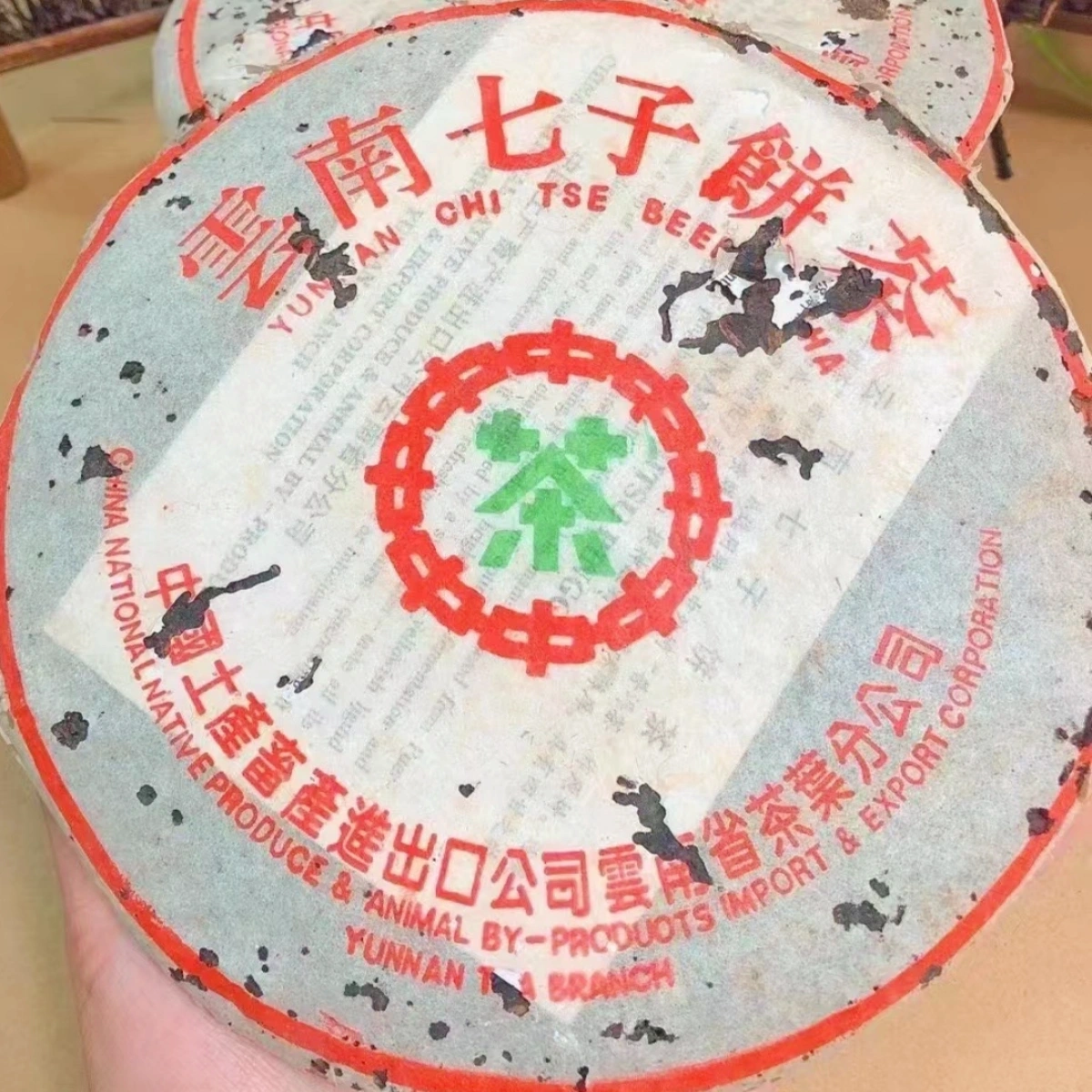
Pu’er Tea Brewing Method:
Water Temperature: Use 100°C boiling water, preferably mountain spring water.
Teaware: White porcelain gaiwan/purple clay teapot/Nixing pottery (recommended), fairness cup, and tasting cup.
Tea Quantity: 7-10 grams (adjust according to personal taste preference).
Rinsing: Quickly pour boiling water to fill, then pour out within 5 seconds (rinse 1-2 times).
Brewing: For the first 3 infusions, steep for 5 seconds after adding water, then increase steeping time by 5 seconds for each subsequent infusion. Can be brewed over 10 times.
Awakening: Aged tea requires awakening to remove storage odors. Place the tea leaves on a tea tray and let rest for 30 minutes before brewing for better flavor.
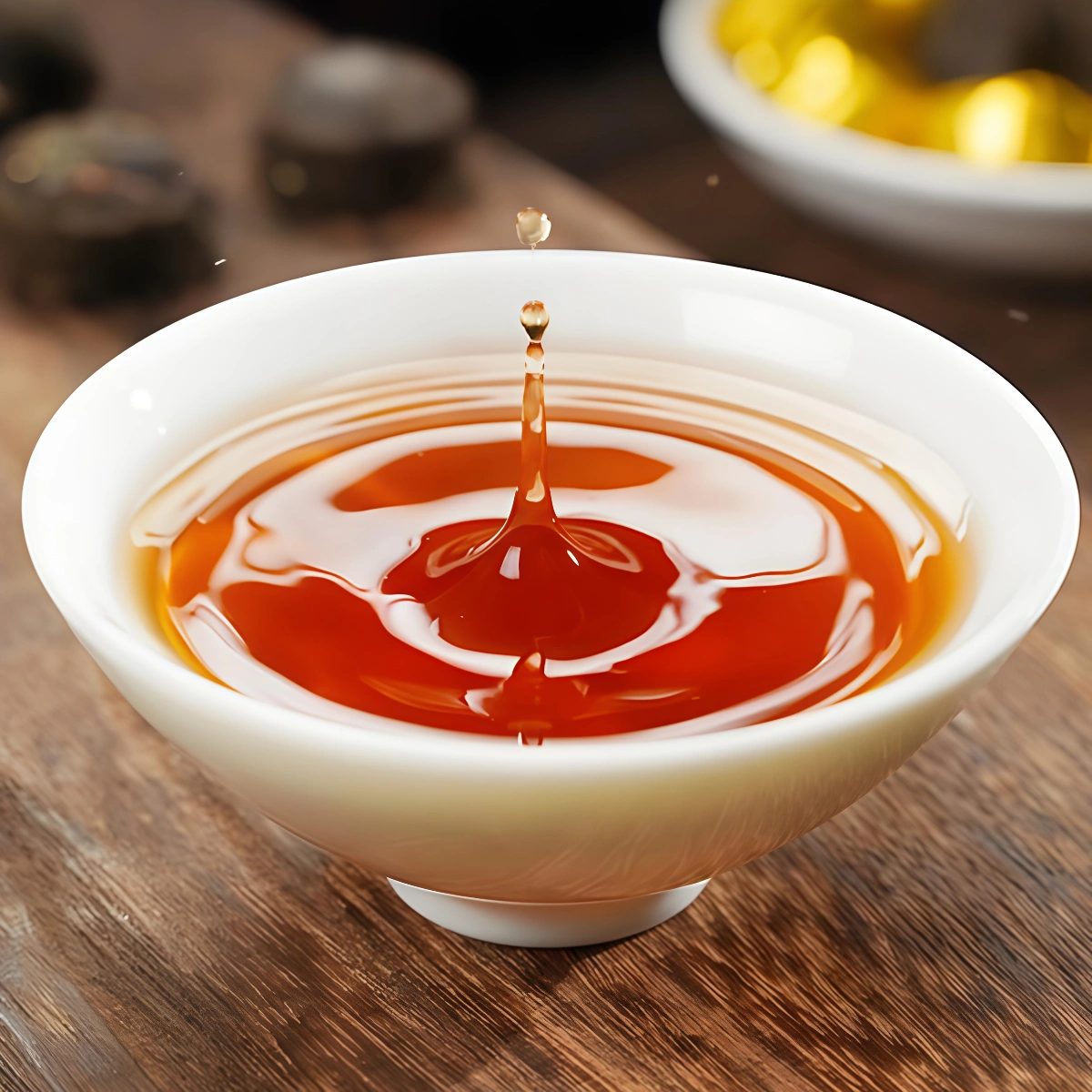

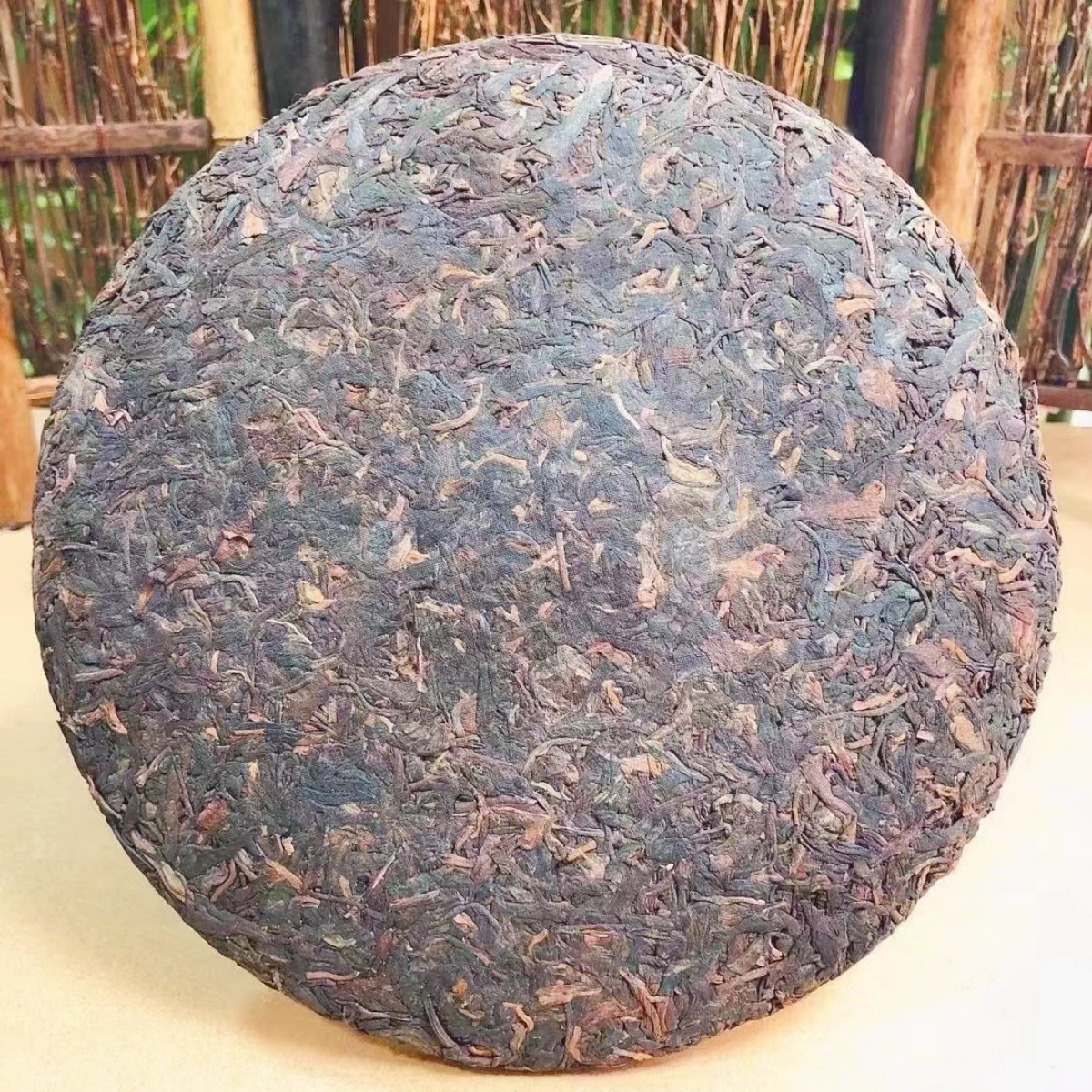
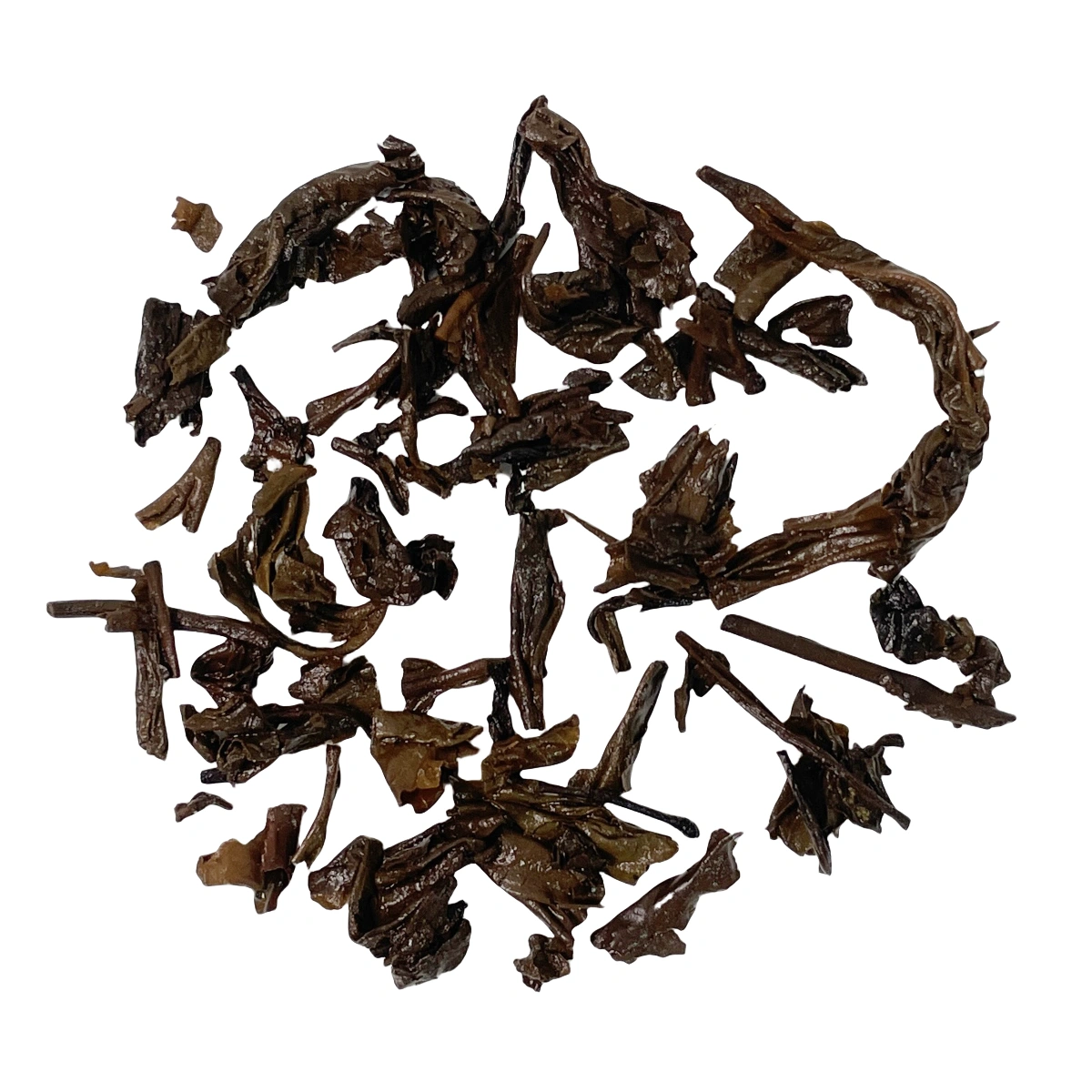
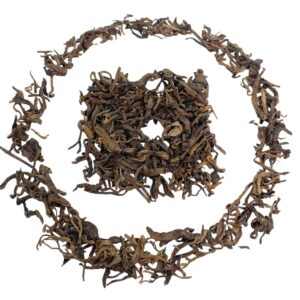


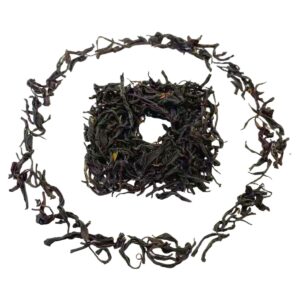



Reviews
There are no reviews yet.